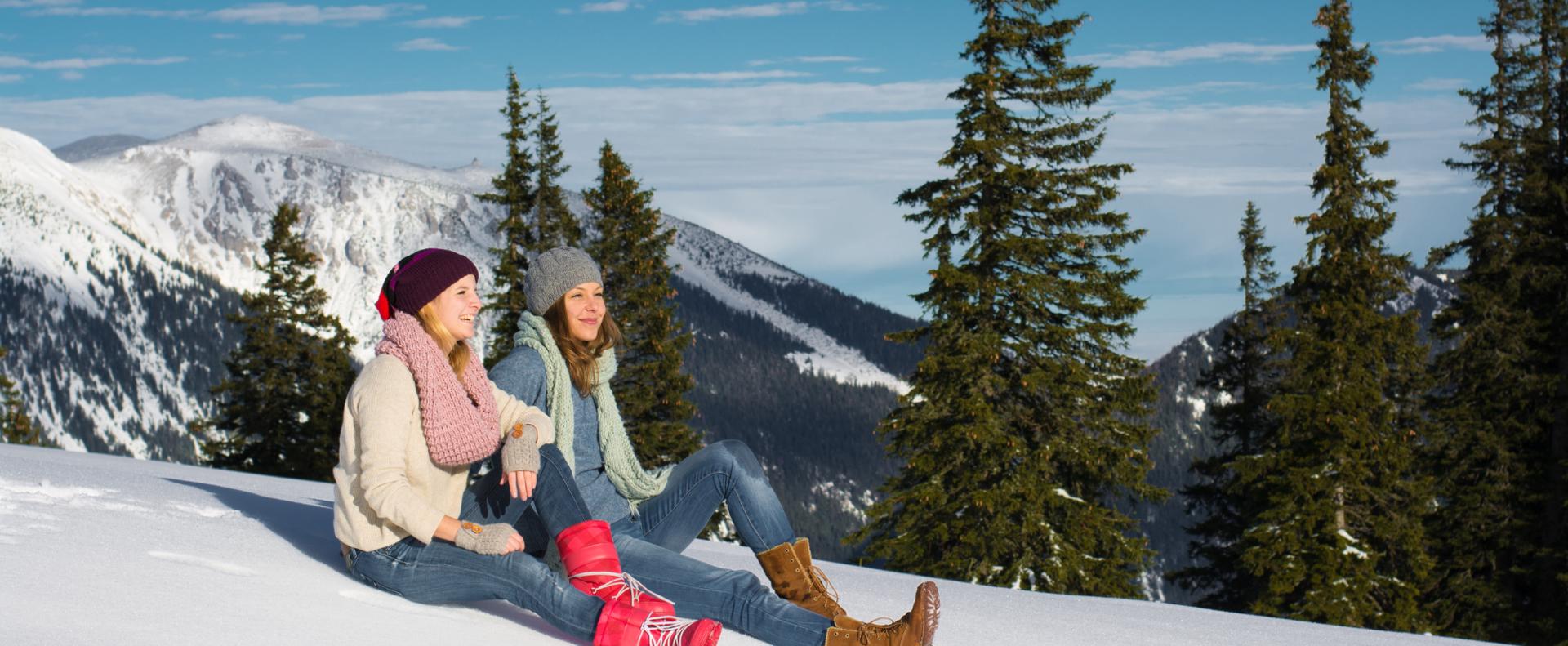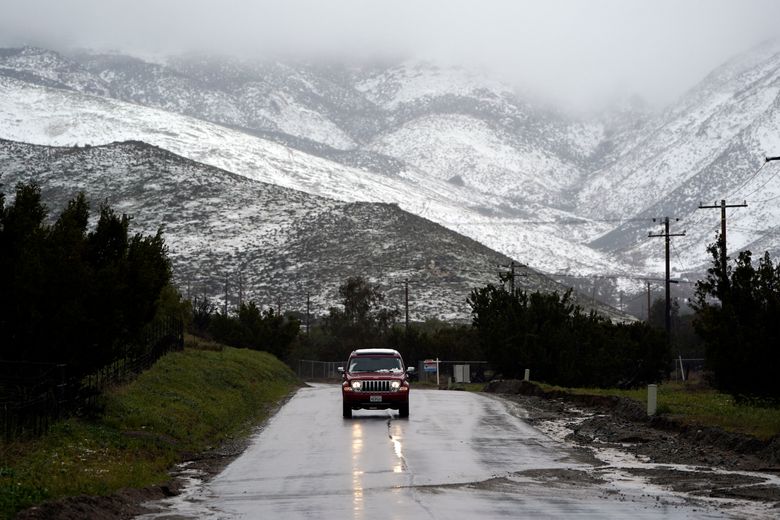Winter in the mountains is a magical experience, with snow-covered landscapes and a wide range of activities to enjoy. However, the snowy conditions can also pose challenges, especially for those unfamiliar with mountain environments. To ensure a safe and enjoyable winter vacation, here are some essential snow safety tips:
1. Prepare Your Vehicle for Winter Driving
- Tire Chains: Always carry tire chains in your vehicle, even if you have snow tires. Conditions can change rapidly, and chains may be required on certain roads.
- Check Your Tires: Ensure your tires are in good condition with adequate tread. Consider using snow tires for better traction.
- Emergency Kit: Keep an emergency kit in your car that includes blankets, water, snacks, a flashlight, and a shovel. You never know when you might get stuck or have to wait out a storm.
2. Stay Informed About Weather Conditions
- Weather Alerts: Sign up for weather alerts and check the forecast regularly. Snowstorms can develop quickly, and it’s important to be prepared for sudden changes in conditions.
- Road Conditions: Before heading out, check road conditions and closures on websites like Caltrans. Be aware of chain control requirements and road closures.
3. Drive Cautiously
- Slow Down: Snow and ice reduce traction, so drive slower than usual and leave extra space between your vehicle and others on the road.
- Avoid Sudden Movements: Abrupt braking or sharp turns can cause your vehicle to skid. Apply brakes gently and steer smoothly to maintain control.
- Watch for Black Ice: Black ice is a thin, transparent layer of ice that forms on the road and is difficult to see. Be especially cautious on bridges and shaded areas.
4. Dress for the Cold
- Layer Up: Wear multiple layers of clothing to stay warm, including a moisture-wicking base layer, an insulating middle layer, and a waterproof outer layer.
- Protect Your Extremities: Don’t forget gloves, a warm hat, and insulated boots. Your hands, feet, and head are particularly vulnerable to the cold.
5. Know Your Limits on the Slopes
- Ski or Snowboard Within Your Ability: Choose slopes that match your skill level. Pushing yourself too hard can lead to injuries.
- Wear a Helmet: Protect yourself from head injuries by always wearing a helmet while skiing or snowboarding.
- Stay Hydrated and Take Breaks: High altitudes and cold weather can dehydrate you faster than you might think. Take regular breaks to rest and hydrate.
6. Be Avalanche Aware
- Check Avalanche Reports: Before venturing into backcountry areas, check the avalanche forecast. Avoid high-risk zones and always carry avalanche safety gear.
- Stay on Marked Trails: For your safety, stick to marked and groomed trails unless you are experienced and prepared for backcountry conditions.
7. Respect Nature and Wildlife
- Keep a Safe Distance: Winter is a challenging time for wildlife, so maintain a respectful distance and never feed animals.
- Leave No Trace: Pack out all trash and follow “Leave No Trace” principles to protect the natural environment.
8. Emergency Contacts
- Know Who to Call: Save local emergency numbers and the contact information for your vacation rental in case you need assistance.
By following these snow safety tips, you can fully enjoy your mountain winter adventure while keeping yourself and your loved ones safe. Whether you’re skiing, snowboarding, or simply exploring the stunning winter landscapes, being prepared and cautious will help ensure a memorable and incident-free vacation.








